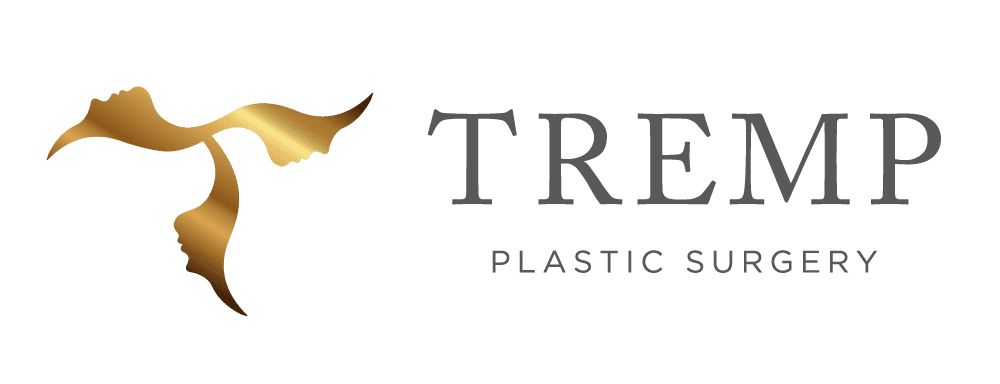- About
- Face & Skin
- Cellulite treatment
- Excessive sweating in women and men
- Facial and skin treatments
- Facial Surgery
- Hydrafacial treatment
- IV drips (vitamin infusions)
- Laser treatment
- Lip Lift
- Mesotherapy (skin structure )
- Special Offers by TREMP PLASTIC SURGERY
- Treatments with Skin Ceuticals
- Wrinkle and facial treatments with botulinum
- Wrinkle and facial treatments with filler
- Face
- Breast
- Body
- Offers
- Blog
- Contact
- EN
- DE
Although a natural face should look soft and full, many patients find their face too full or even chubby. In a bichectomy, the inner fat in the cheek area is surgically removed. The aim of bichectomy is to narrow and thin the cheek area. Small pads of fat are removed from both sides of the cheeks to thin the face. The scar is not visible from the outside as the incision is made from the inside. With the procedure, the cheeks appear less voluminous and the face becomes thinner, more oval and harmonious.


Who is suitable for a bichectomy?
Bichectomy is a highly individualised procedure and is suitable for patients who have a chubby face. The following rules apply as basic requirements for the operation: stable weight; no relevant secondary diseases; realistic expectations: Non-smoker.
What are alternatives for a bichectomy?
In addition to the bichectomy, additional measures can be carried out for facial slimming, such as liposuction, botulinum treatment in the masseter muscle, chin implants, cheek implants or selective lipolysis treatment (“fat injection”). In so-called “facial slimming”, 2 – 3 botulinum treatments are carried out into the masseter muscle and/or the parotid gland at intervals of 6 weeks. This causes the masseter muscle to shrink and the facial contour to become narrower.
After the first series of treatments, the maintenance phase takes place, whereby treatment can be carried out every 4 – 6 months. At the beginning of the treatment, a slight sagging of the cheeks may occur due to the muscle regression. After 2-3 months, however, the skin contracts again. This treatment can also be used to treat night-time teeth grinding (“bruxism”).
Side effects such as chewing difficulties or asymmetrical laughter are very rare, and the symptoms usually disappear after 3 – 4 weeks. Botulinum treatments in the parotid gland generally have no effect on saliva production or taste sensation.
What are the risks of a bichectomy?
In a detailed consultation, the possible risks and chances of success are discussed in detail. If desired, a 3D analysis can be performed. Possible risks are bruising, permanent asymmetry, infections, injury to the salivary duct, nerve injury with possible facial paralysis, numbness or prolonged pain.
What do I have to consider before the operation?
Before the operation, blood analyses and a clinical examination are carried out. If you smoke, you must completely stop nicotine consumption 3 weeks before and after the operation. Likewise, blood-thinning medication or food supplements with herbs should be paused before the operation. Arnica globules 7 days before and after the operation can promote the healing process.
What is the procedure for a bichectomy?
The operation can be performed either under general anesthesia, twilight sleep or local anesthesia and is discussed individually with the patient. The operation is usually performed on an outpatient basis. The incision is made from the inside in the cheek area, where the inner fatty tissue (“buccal fat”) is removed. Like wound suture is performed by self-dissolving suture material.
What do I have to keep in mind after the operation?
You will need to eat a soft/liquid diet for a few days after the operation. We will also give you a mouth rinse to minimise the risk of infection. The procedure is not very painful, the swelling takes a few weeks to subside and can be accelerated with painkillers or cooling. The acute healing phase lasts about 5 – 7 days, after which you are usually fit for social activities again. Sporting activities can be resumed after about 2 weeks.
What are the costs?
The procedure is mainly aesthetic and is rarely covered by health insurance. The costs depend on the type of procedure and are adjusted individually. They include the operation, anaesthesia, room rental and post-operative follow-up, exclusively post-operative pain medication.
July 19, 2024

